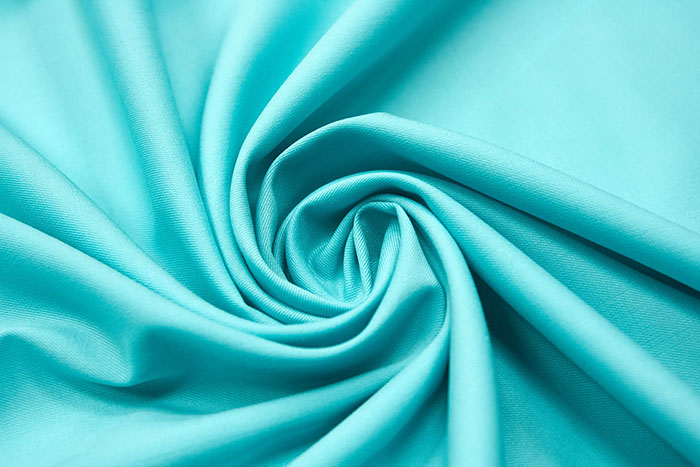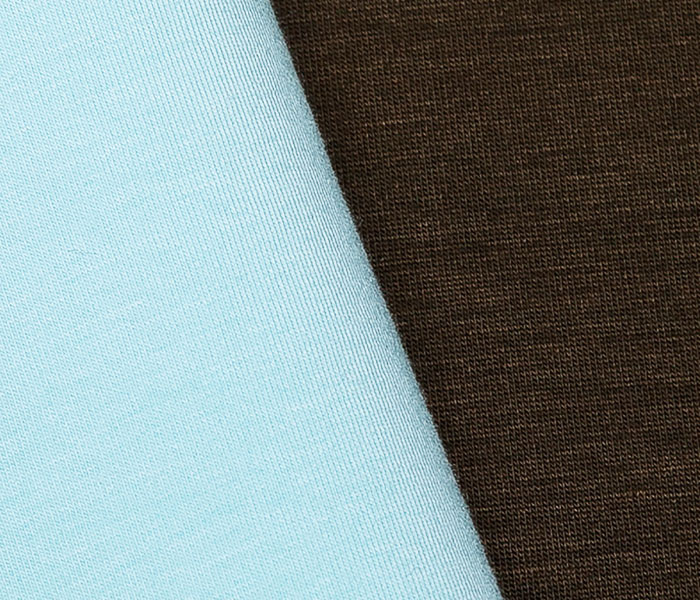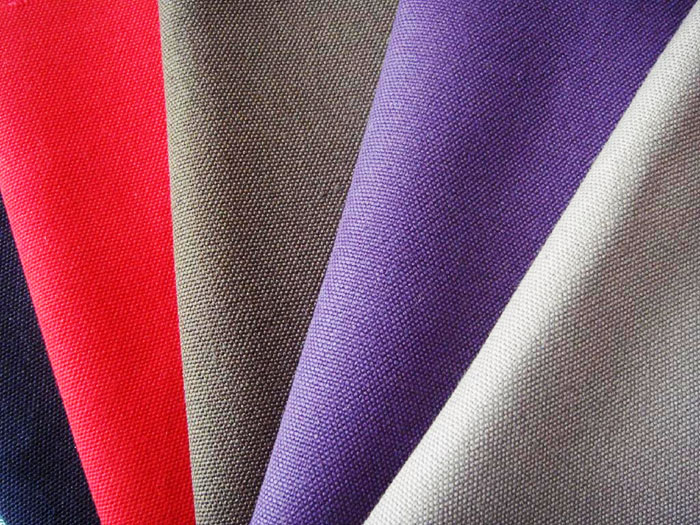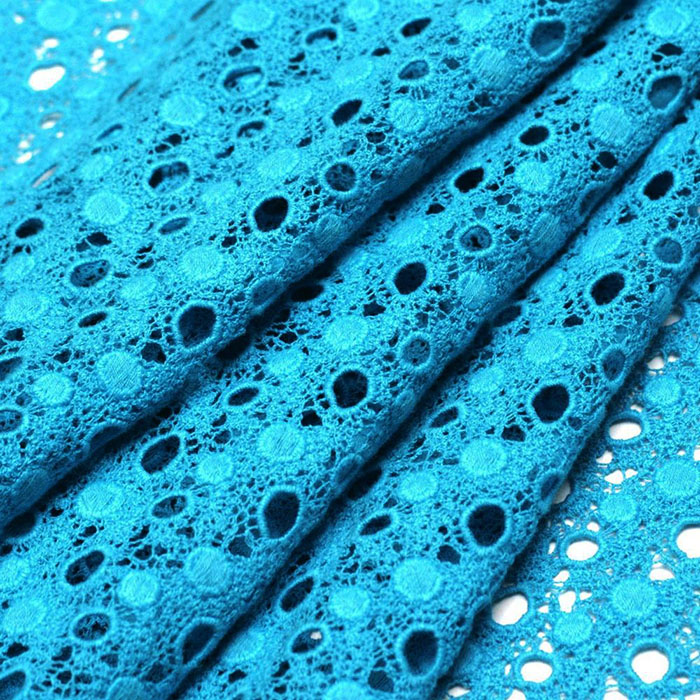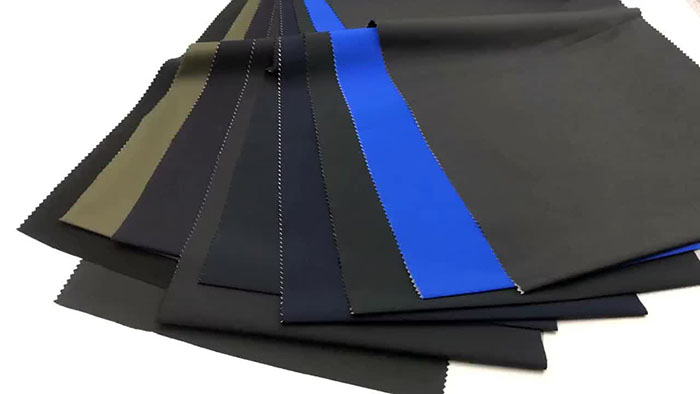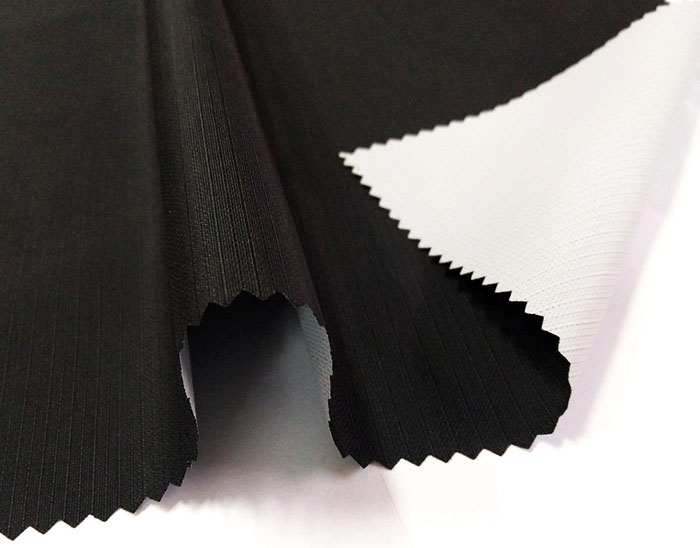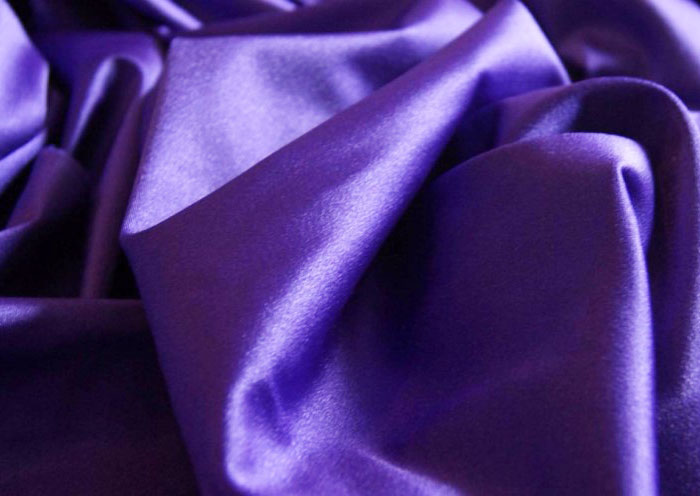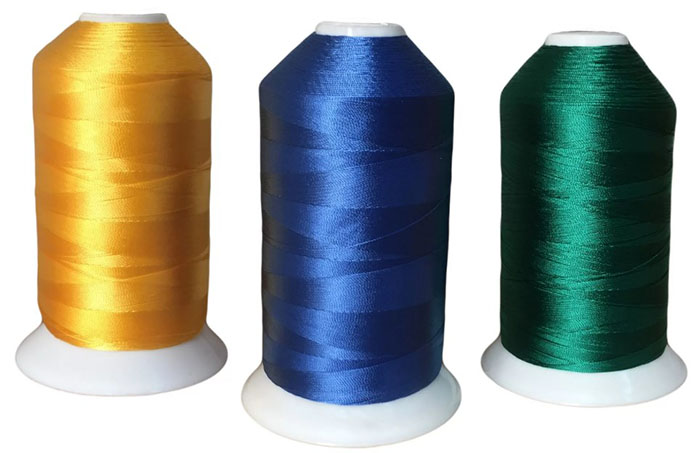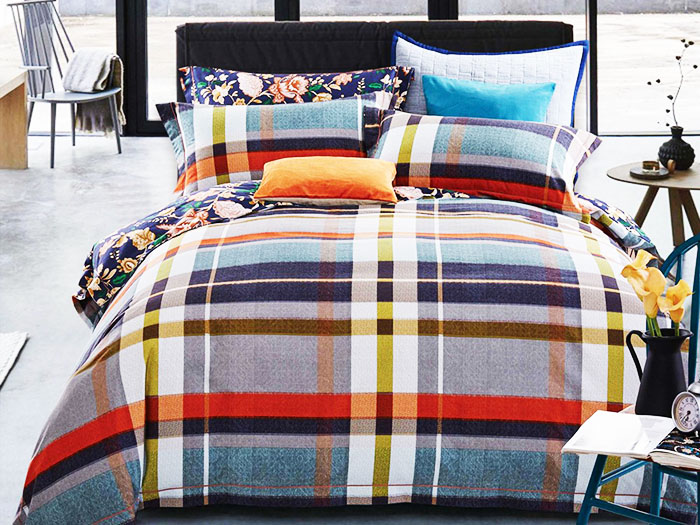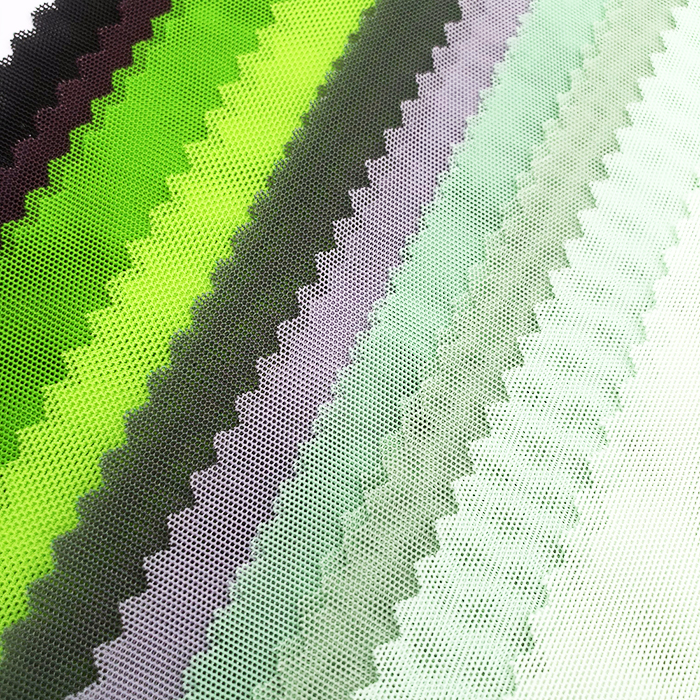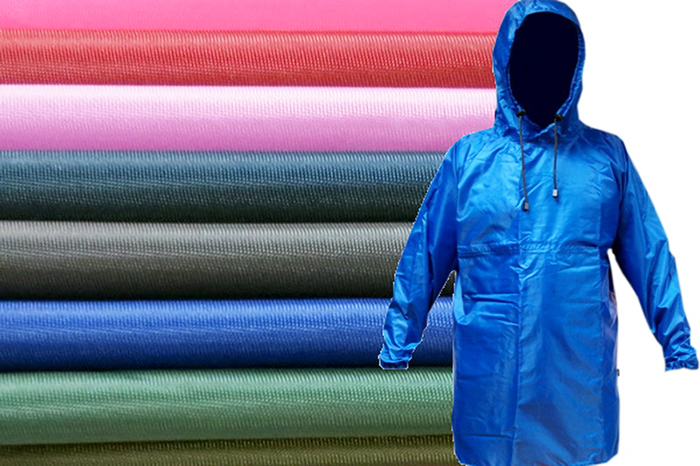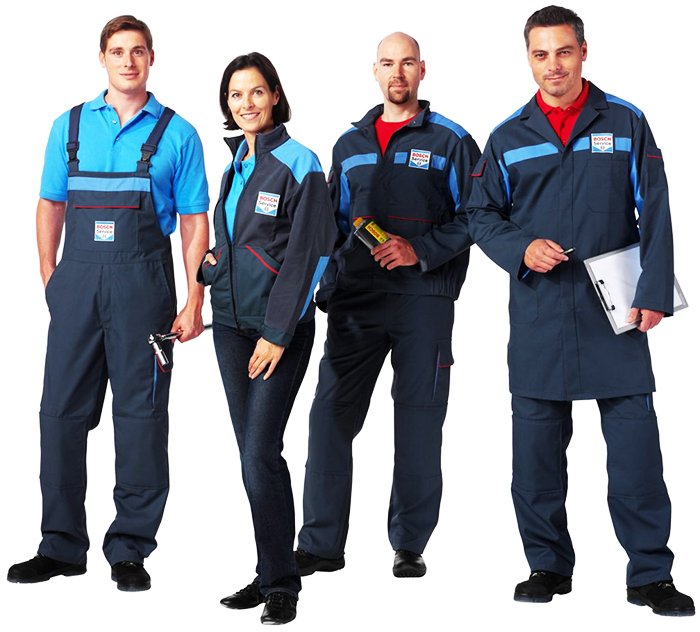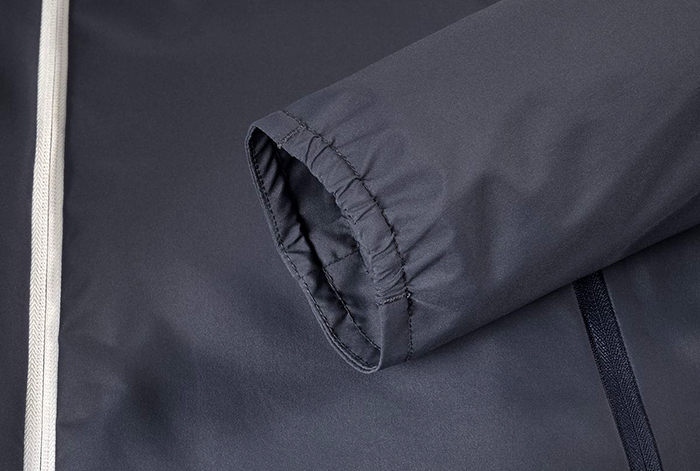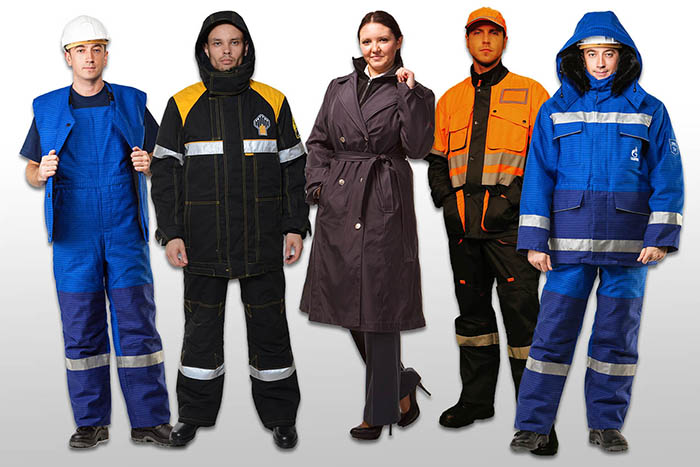What is polyamide fabric: an overview with an analysis of the disadvantages and advantages
When sewing any type of textile, a synthetic base is used. Its main component is polyamide fabric. What it is, what are the possibilities of its application in light industry, the editors of homemaster.techinfolux.com/en/ will tell in today's publication. The advantages and disadvantages of this material will also be considered.
The content of the article
Polyamide: what is this material and its features
What is polyamide material? Such a fabric is considered a synthetic fiber. It is rarely used in 100% form. In the production of textiles, they try to mix with artificial or natural fibers. This approach makes it possible to increase the strength and other qualities of the finished product.
Characteristics and properties of the material polyamide
The basis for obtaining a polyamide billet is organic matter: oil, gas, natural coal. The web is obtained by one of the known methods: extrusion, molding polymerization and pressing. In some cases, injection molding is acceptable. Acids and chemicals are used to form the fabric. It is they who impart fire resistance and water resistance. The main properties of polyamide fabric include:
- optimal thickness (breaks in exceptional cases);
- dries faster than cotton products;
- does not fade over time;
- does not fade;
- soft and light texture;
- easy to paint in any shade.
In addition, the surface of these textiles can be smooth or rough, depending on what constituents are added to it.
Pros and cons of polyamide fabric
In addition to its basic properties, polyamide material has some positive and negative qualities. First of all, let's talk about the pros:
- elasticity;
- fire safety;
- resistance to fungus;
- softness;
- practicality;
- beautiful appearance.
As for the disadvantages, they include:
- low hygroscopicity. The fabric does not absorb moisture at all;
- increased thermal conductivity;
- lack of thermal stability (deformed at high temperatures);
- easily absorbs fat;
- builds up static electricity.
It is also worth noting that polyamide fabric is synthetic, therefore it is very difficult to sew it up, it begins to creep and crumble. If necessary, make a patch, perform special weaves. For sewing a suit from this fabric, it is better to involve a professional tailor.
Popular varieties of matter
The assortment includes various models and types of fabrics. Each of them is applied in a specific industry. This textile is divided as follows.
Nylon and taslan
These fabrics are considered one of the most popular and are used for sewing various types of clothing. Nylon is an excellent lightweight fabric used in leggings, turtlenecks or tights. This material is often used as a suture material. The finished thing turns out to be quite elastic, easy to wash, does not wrinkle.
Taslan is considered a heat-conducting, durable fabric. The seamy side has special pores. The material is suitable for sewing thick winter clothes: sweaters, pite, sweatshirts, hats.
Jordan and velsoft
Jordan is soft and breathable and has excellent water repellency. Designed for the production of outerwear for the winter season: raincoats, jackets, down jackets.
Velsoft is a lightweight durable textile that does not fade and does not wear out over time. Suitable for the production of any clothing, including home clothes: slippers, robes, pajamas. Carpets and bedspreads are also made from velsoft. Bath towels can also be partially or completely sewn from this material.
Filtered polyamide fabric and elastane: application features
Filtered matter has a special purpose. Scope of its use: textile, food, chemical, pharmaceutical and other industries.
Elastane is able to quickly recover from stretching and washing. It is ideal to use this type of textile in light industry in the production of high-quality blouses, T-shirts and golfs. The material is not afraid of the sun's rays and temperature drops.
On a note! When washing polyamide clothes, never add softeners. This seriously affects the property of matter to repel water.
Scope of the material
Due to its positive properties, polyamide fabric performs well in various fields. It has recently become often used for household purposes.
What is polyamide in clothes: what items is it used for
In the light industry, fabric is found more often than in any other. Consider what kind of material is polyamide in clothes. It is used in production:
- everyday home clothing (polyamide is in socks, underwear, sleeping gowns);
- jackets, overalls, down jackets;
- thermal underwear;
- bags and wallets;
- shoes for any season.
For clothing, they try to use polyamide with the addition of other components. What specific materials will be involved depends on the purpose of the finished garment.
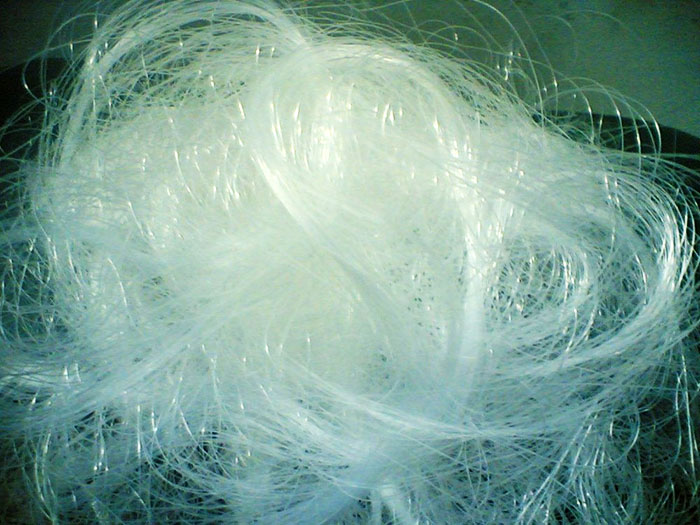
The material makes high-quality fishing line of any thickness for fishing rods
PHOTO: french.alibaba.com
Other polyamide products
In everyday life, objects are often found, the basis of which is precisely polyamide fabric and its components. It:
- home textiles (curtains, bedspreads, decorative pillowcases, kitchen napkins, towels);
- fishing accessories (tackle, nets, bags, overalls);
- special clothing (for firefighters, oil workers and other specialists);
- lace (viscose is used together with polyamide);
- backpacks, wallets and much more.
Often, polyamide fabric is used for linings in coats and jackets, or dividers for wallets or bags with multiple compartments. The polyamide material is suitable for designing underwear that is comfortable and comfortable.
Leading material manufacturers: Top 5 best firms
Despite the fact that any of the brands tries to surprise the consumer with quality, several of the best brands should be distinguished. The main polyamide production facilities are concentrated in Russia.
- JSC "Kamenskvolokno" is located in the city of Kamensk-Shakhtinsky. This production appeared in 1948. Initially, the scope of the plant was only in the production of artificial fibers.
- The Termoteks enterprise operates in the city of Mytishchi. The main task of this workshop is to produce protective fabrics, cords, ropes and overalls. Alamide fibers are also made here.
- Anid is one of the leading manufacturers based in the city of Yekaterinburg. Differs in the supply of a wide range of fabrics, including polyamide pile and fiber.
- Simplex NPP. The product from this manufacturer is shark. The workshop for the production of polyamide fabrics is located in the city of St. Petersburg. Deliveries of fibers to different regions of the country.
- Wedge fiber. The manufacturer is located in the city of Klin, Moscow region. It specializes in the creation of chemical fibers and polyamide threads.
From these firms, sewing blanks are transported to different regions and regions. First of all, they go to the leading garment factories that develop ordinary and special clothing.
Which is better polyamide or polyester
Before deciding which of the fabrics is better and whether it makes sense to compare them at all, let's take a closer look at polyester. We have already covered everything you need to know about polyamide in the fabric.
So what is polyester - is it a kind of synthetic fabric. The material mimics natural as much as possible, and is also used as fillers. As for the properties, this textile is easily dyed, does not stretch, and does not require special care. At the same time, the fibers are highly electrified, their structure is rather thick. Therefore, polyester clothing is not always practical.
Thus, it is difficult to determine which fabric is better - polyamide or polyester. It all depends on what requirements the consumer makes for the finished product. It is known that polyester is ideally combined with any natural fabrics. Accordingly, it can be found in outerwear, warm sweatshirts, trousers and other household items.
Our editors are inclined to believe that polyamide is a more popular option, which is famous for its significant advantages. Nevertheless, which of the textiles is better to choose depends on the purpose for which it is purchased.
Dear readers, if you liked the publication, rate it. If you still have questions, write in the comments, we will be very happy to receive feedback and will definitely answer in the near future.



